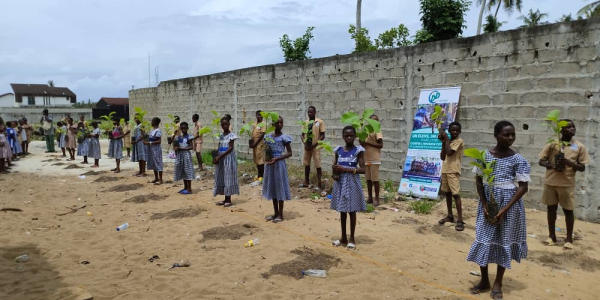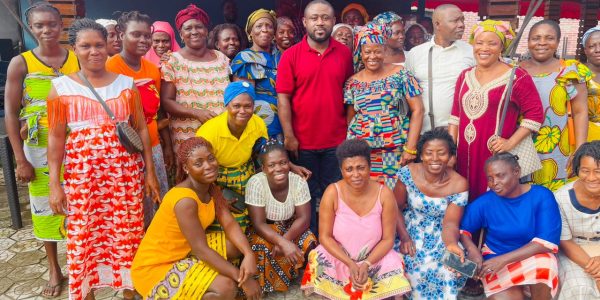Inades-Formation Burundi, in order to increase rice production in the developed marshes, has introduced the technique of “Intensive Rice Growing System (IRS)” in the 3 rice cooperatives it supports in Maramvya in the commune of Mutimbuzi in the west of the country, and in Kabo and Kibaba in the commune of Nyanza-lac in the south of the country. One hundred and twenty (120) rice growers, members of these 3 rice cooperatives, have been trained in the SRI technique.
After the theoretical and practical training, held in December 2018 and 2019, the trained rice farmers set up control plots of about 14.5 ha in the three marshlands (Kibaba, Kabo and Maramvya). These control plots, cultivated using the SRI technique, were set up near another field cultivated without applying this method, in order to allow comparison between yields.
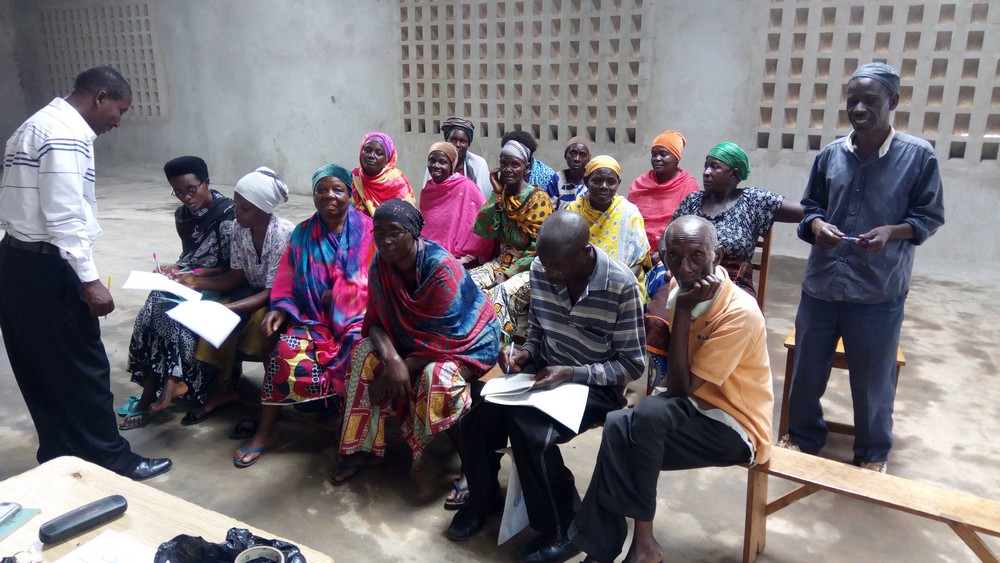
While the average rice yield per hectare without SRI was less than 4 tons per hectare depending on the locality, the average rice yield obtained with the SRI technique was 6.5 tons per hectare. The average yield of rice obtained with the SRI technique was 6.5 tons per hectare. SRI promotes the physiological potential of rice, which can develop its capacity to form a large number of tillers. Rice production thus doubled or even tripled in terms of tonnage per hectare in the 3 rice cooperatives of Maramvya, Nyanza-lac and Kabo during the B 2018 and B 2019 growing seasons. The production obtained has thus made it possible to recoup the high investments of the hydro-agricultural works carried out in the project’s areas of action.
In view of the good results obtained during the first trials of the SRI, the number of members of the cooperatives has continued to grow, and the number of rice growers who have adopted the SRI has increased from 165 to 587.
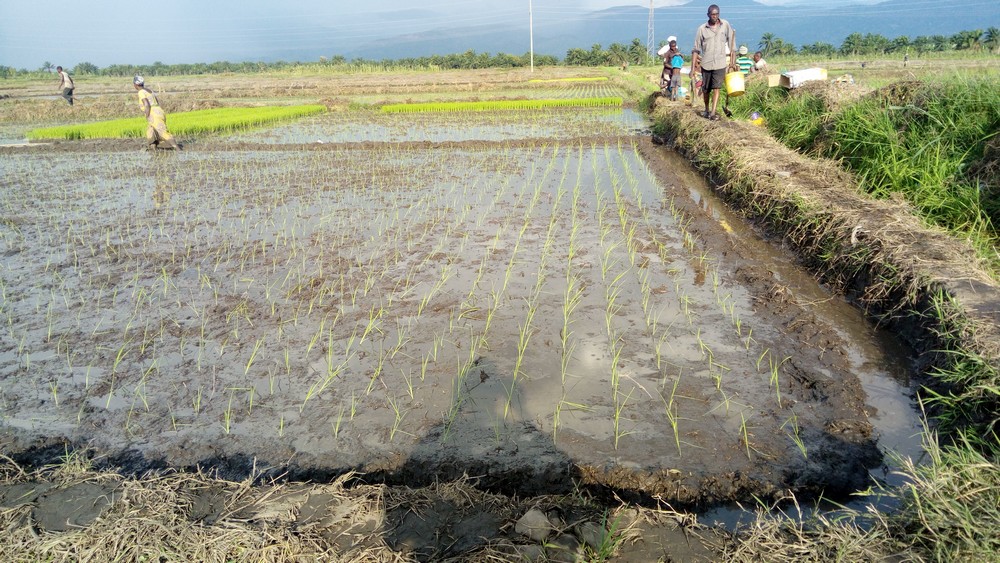
Definite advantages for rice farmers
With the SRI method, rice farmers have realized 3 types of advantages:
- A saving of seeds
For one hectare, SRI requires row sowing with a seedling spacing of 25 x 25 cm and a seed quantity of 4.8 kg of seed per hectare, whereas previously rice farmers used more than 100 kg of seed per hectare.
- An increase in rice yield per hectare
The average production recorded per hectare depends on the locality. Indeed, by respecting the conditions of physiological development of rice with SRI, for the cooperatives of Nyanza-lac (Kabo and Kibaba), the yields obtained oscillate around 8 to 9 tons per hectare, while in the cooperative of Maramvya, an average of 6 to 8 tons per hectare was obtained.
- Saving water
Contrary to popular belief, rice is not an aquatic plant. SRI is a minimum water rice crop. The necessary amount of water is given when needed. During the vegetative phase, a water layer of 1 cm must be maintained, and then the rice fields are emptied to oxygenate the soil.
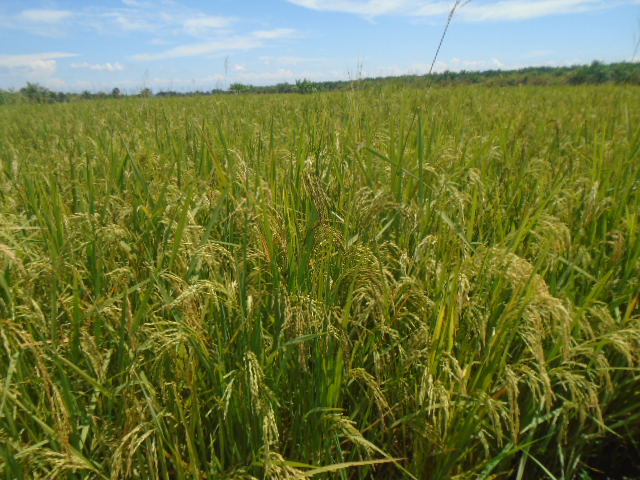
The introduction of SRI in the three cooperatives supported by Inades-Formation Burundi was carried out within the framework of the programme “Promotion of food sovereignty and women’s participation in rural Burundi”, financed by the Basque Government.
In view of the more than satisfactory results, Inades-Formation Burundi will continue to disseminate this method in all the areas where the beneficiary members of the three cooperatives cultivate rice.
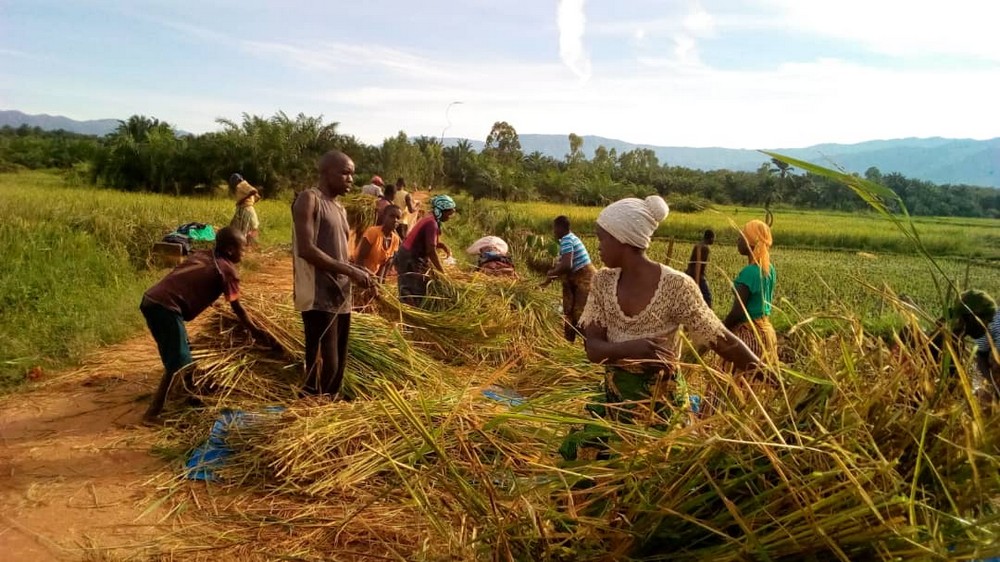
Inades-Formation Burundi





